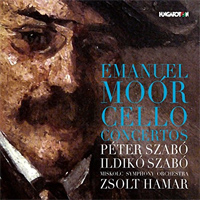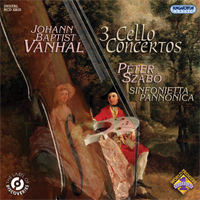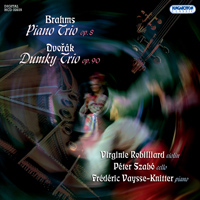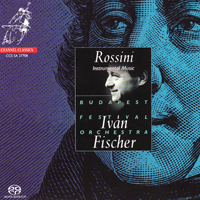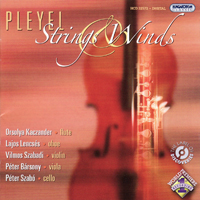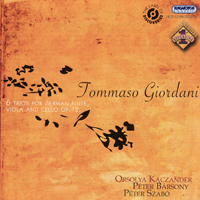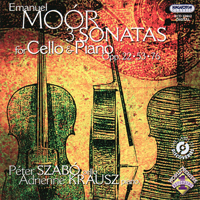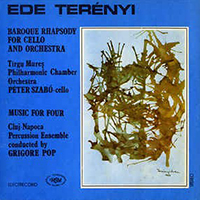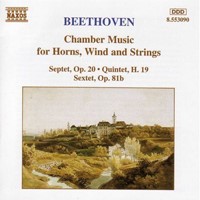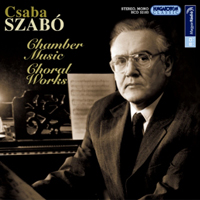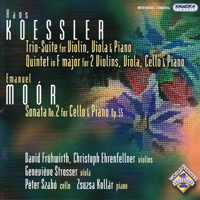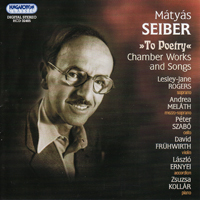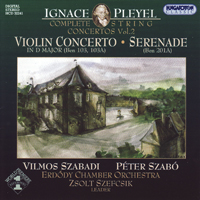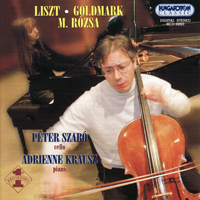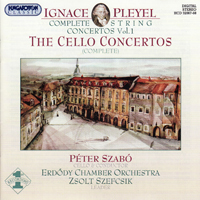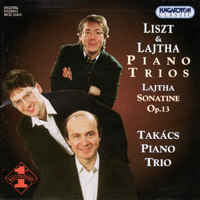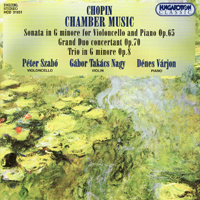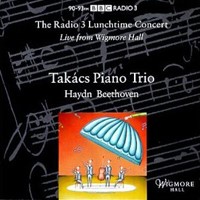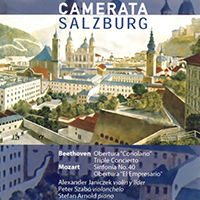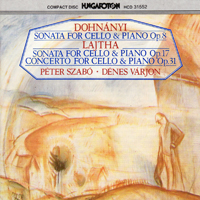Chamber music and chorus pieces
It was on the cover of his retrospective CD that I first saw the composer Csaba Szabó. In my teaching years imagining the parents of the students from their stories was a regular and fascinating habit for me. The mischievous and autonomous imagination built up faces, behaviour and gestures.
They almost never matched. Instead of the severe, moustachioed big person, I encountered a slim nervous one and instead of the envisioned poetic, melancholic character, a rogue-looking entrepreneur stepped in with a leather jacket on his shoulder reaching out a hand saying ‘Hi, how’s the kid doin’?’ When I realized how differently a child might see his parent, I became curious and started to examine to what extent the inner visions matched reality in my environment.
These images seldom overlapped. Maybe this is why it was especially interesting for me to have a glimpse of Csaba Szabó’s portrait. I pictured him exactly like that. I was not thinking about it, I just talked to his son, Péter Szabó so much about him. Collecting Csángó folk songs is very popular nowadays; but not then. The two ends of the village were closed by the secret police with barely secret cars; it was a real blockade against communication, nation, relatives and friends. Bringing out a literary record, which scientifically immortalized a preserved and fostered tradition, was a real life-threatening deed. For a mentally ill regime the greatest jeopardy is the live tradition and the language, especially the sung language. Csaba Szabó believed that his task was to collect, adapt and immortalize. Therefore he escaped over the fence, worked with the thoroughness and accuracy of a scientist and fled across the frontier again. That is what is revealed on his face, he was a tough and severe man. I like his black and white, either-or nature. I had this impression when Péter spoke about his father, but I never visualised him, because I have not taught for some time and I am not occupied with this any more. But it seems that the ability was preserved, because having had seen Csaba Szabó’s portrait, I knew immediately that it was him. The man I had in mind, strict and tough, no respect for secret police whatever.
Still, it must have been quite difficult at that time to pursue the work of a composer, scientist and a pedagogy, all of which constitute the backbone of the album. It is not by accident that the selection of the pieces are so apt, there are hardly any people who know as much about his work and would identify themselves with it to such an extent as his son, Péter Szabó. The three opening Transylvanian folk songs evoke through their texture and atmosphere a national culture for which the composer often risked his own life. These are intimate, colloquial pieces of music, the piano broadens and further defines the folk songs giving the origins and the grounds of the interpretation. The sonatina in C key was written in 1992, six years later than the folk songs, and reveals a universe of a different kind. The fine solutions, the arches and the rich musical material offer a possibility for the artist to give a detailed, meticulous, colourful performance. It is a music which varies and moves constantly, it is like a kaleidoscope where the repeated conjuring of the main theme, the tension of the pentaton answering to the initial c, e, g block is what defines the piece. In the musical material, the fabric almost breathes between the smaller units. The asymmetry of the second movement also blends with this recoiling, pensive fabric. The tools of rhythm and dynamics appearing on the level of composition is overwritten by the musing, thinking, intellectual musical material. The third and fourth movement get more detailed and flow further, it is virtuosic, rich and excessively varied and it sets free great forces at every moment. The intensive performance depicts a sharp, metallic and powerful material. Behind the energy of the little motions and the incredibly fast changes one can feel the continuity of the author’s intentions and the inner logic of the musical microcosm. The Passacaglia leads us again to the composer’s other period. The outstandingly productive and creatively speaking pioneer piece written in the middle of the ‘70s carries the grand ideas and thoughts of the composers of the era. The composer uses both tools and methods generously. Gestures, characters, colours, spaces and arches further the musical intentions. The passacaglia theme transforms the Kájonian harmony into a twelve-note system, which is special because despite its great effect, it preserves something from the original. The origins and the atmosphere are not overshadowed, only continued in the typical Csaba Szabó manner. A basic characteristic of the composer is a deep respect for the primary form: he never conceals it, rather, he embraces and re-structures it – it is the chief motif of his work method. He deals with the instrumental apparatus in a unique way: the tape-recorder applied together with the brass quintet opens a wide spectrum for the developing musical universe. The relation of tension and resolution is multi-polar, the original kyrie, the brass quintet and the other musical materials form a three-dimensional net of resolution. The apparently traditional compositional technique to structure the retained tension and resolution is applied in a very special manner. Finally we can understand the logic behind the relationship of musical elements, but in the course of listening to it, the scheme of attraction and repulsion always comes unexpectedly. The creation of such three-dimensional relations places the adapted Kájoni material into a new universe. The brass’s virtuosity and articulation is especially enjoyable in the Vivace movement, which could be a virtuoso display piece for its tools but in musical content, it is much more than that. Explosive dynamics and impulses mix with playfulness. The resolution is an integrating synthesis of the elements. The subtlety of the chorus pieces again reflects the creative world of the Transylvanian origin composer. It is rich in colour and factile in a different way, which probably comes from the Transylvanian roots and the integrated essence of that world. The choruses are definitely very characteristic and captivating and one can tell that they are built upon a very reasonable compositional intention. Transforming and broadening the essence while preserving the original – Csaba Szabó here creates something new.
Domonkos
Source: www.hzo.hu
Translation by Susan Kapás
Hangszer és Zene
April 2006


